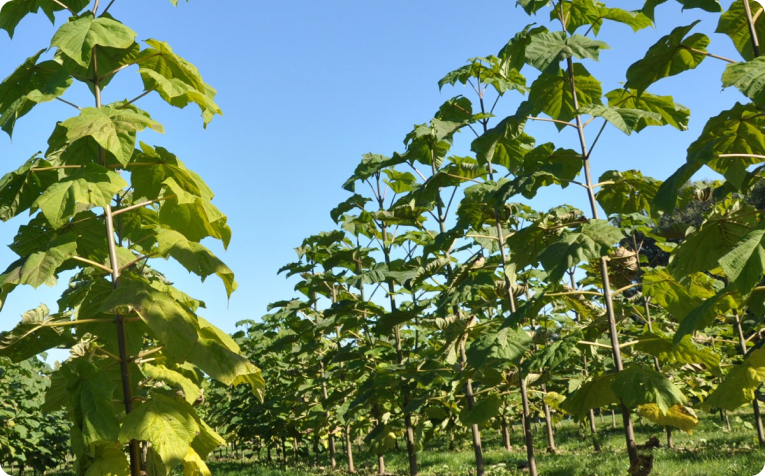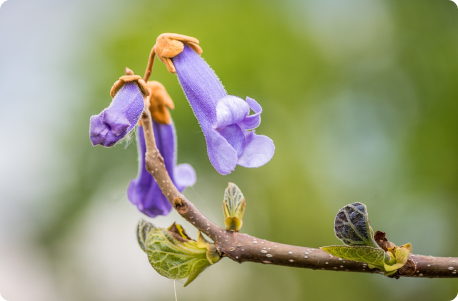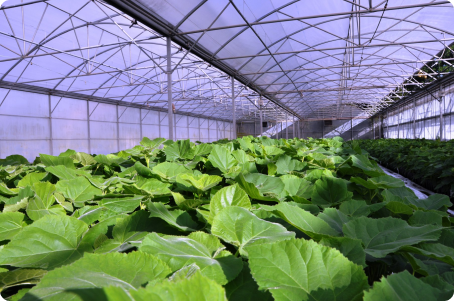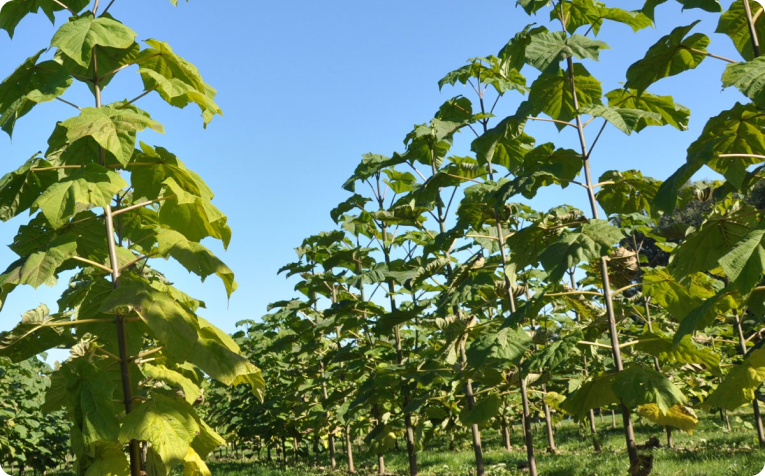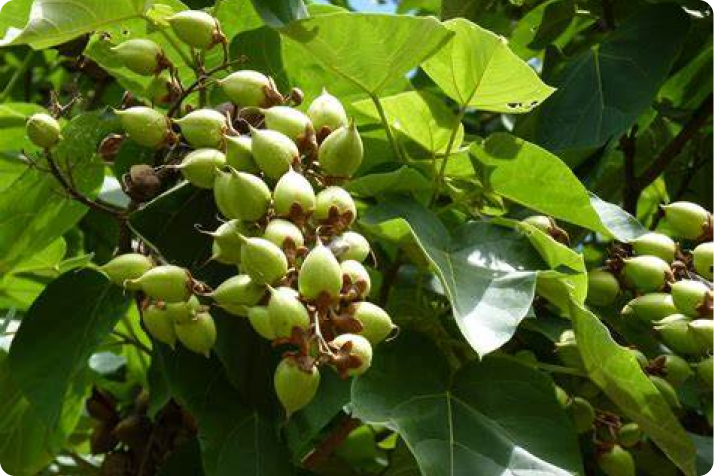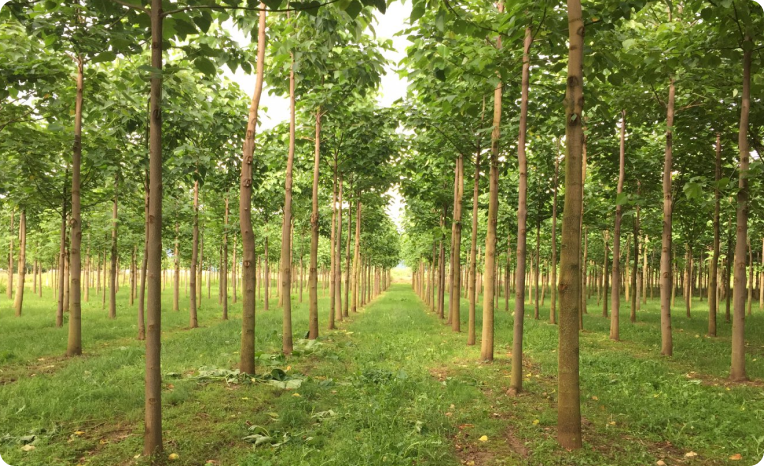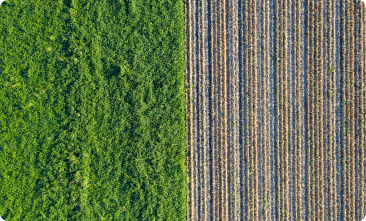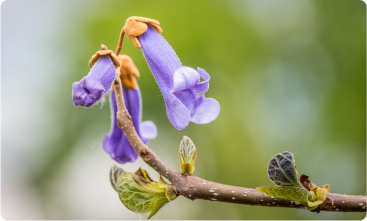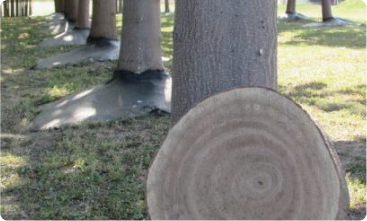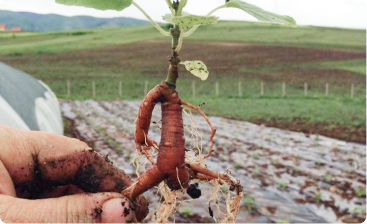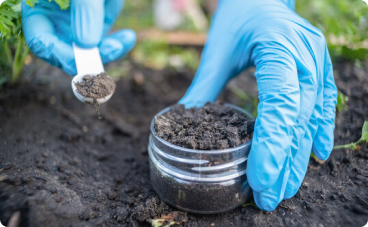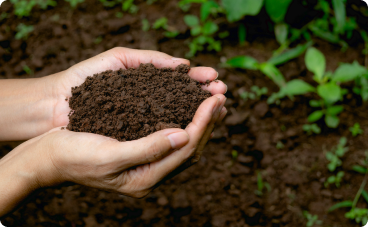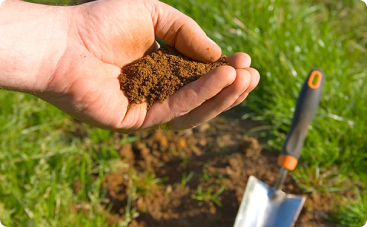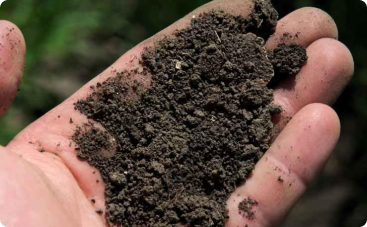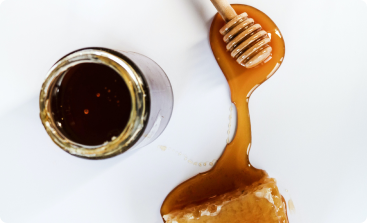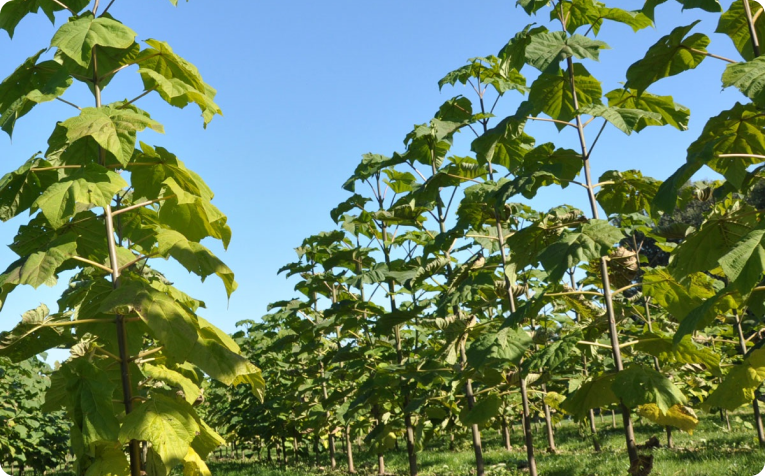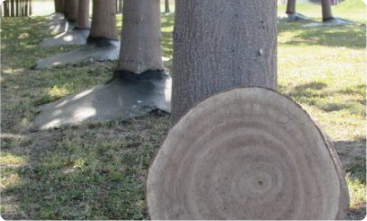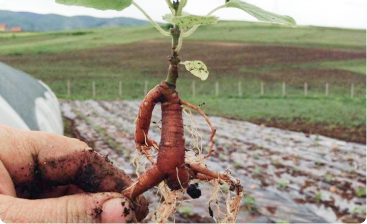Wind
Plantation is good to be planted at areas without strong winds reaching over 28km/h. When there are stronger winds at the place of planting stabilizing post has to be put during the first year of development until they form strong wooden stem. The speed of the wind is dangerous for the young plants over 45km/h and such areas have to be avoided
Light
Paulownia wood is the lightest known timber other than balsa. It is also named the Aluminium of Timber. It is around two thirds of the weight of the lightest commercial wood currently being grown in Europe. Paulownia wood is one third of the weight of Oak and half the weight of Pine.
Water
When new plantations of Paulownia are to be establishment, watering in the field is carried out with plenty of water – provided they have not been rained before – before planting the seedlings. Then, on the day of planting, new irrigation takes place again with plenty of water, and the next irrigation takes place 2-4 days later. For the next two to three weeks, 10-30 liters of water per day and plant are given daily, then the irrigations are diluted to 1 to 2 per week. For established plantations, it is recommended that in the growth period, irrigate takes place 1 to 2 times a week with 20-50 liters per tree – depending on the size of the tree and the soil / climate conditions.
